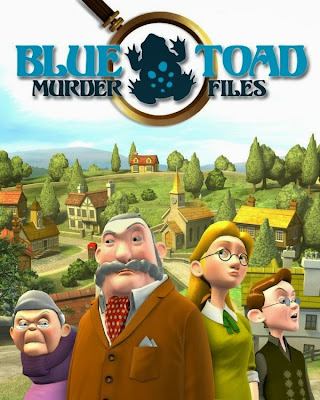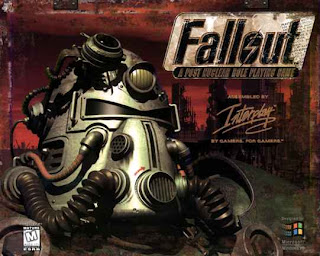Genre: Action / RPG | Players: 1 | Developer: Square Enix
Chain of Memories takes place between the original Kingdom Hearts and Kingdom Hearts II, both on PS2. Unlike those games, it uses a card-based combat system that'll take some time to explain fully. It isn't turn based. The cards dictate the kind of attack you do and the power of that attack, which is then carried out in real-time when you press the attack button. You can cycle through cards to choose attack, heal, etc, when needed. If your opponent simultaneously draws a higher card than you, your attack will be deflected. If your opponent draws a lower card than you, your attack will deal damage. That's the boring basics.
During combat you’ll run out of cards, but they can be replenished. Doing so leaves you vulnerable for a time; it’s usually then that you’ll get your ass handed to you. Each subsequent time your cards need replenished the longer it'll take.
You can customise, rename and save decks to suit each situation, up to a maximum of three; once customised they aren't set in stone so you can modify them easily. This is further complicated by requiring you to have adequate Card Points. Each card has a unique CP value, so you’ll have to decide which is the best combination at any given time. As you level up you can increase your maximum CP to create a stronger deck and kick more Heartless ass.
There are other modifiers and abilities granted by equipping secondary cards, but they cost a lot of CP. If your head is beginning to melt, don't worry. It’s complicated to describe but makes sense in practice. It's like the difference between tying your shoelaces and describing to someone else how to do it.
A high degree of tactics is involved initially, but once you gather a decent deck it’ll be the usual KH method of repeated button-bashing; except during boss battles, many of whom you'll recognise from earlier games. KH fans should enjoy it. KH haters should enjoy hating it. It's business as usual but with cards.
3½ Keyblades in your dark parts out of 5































